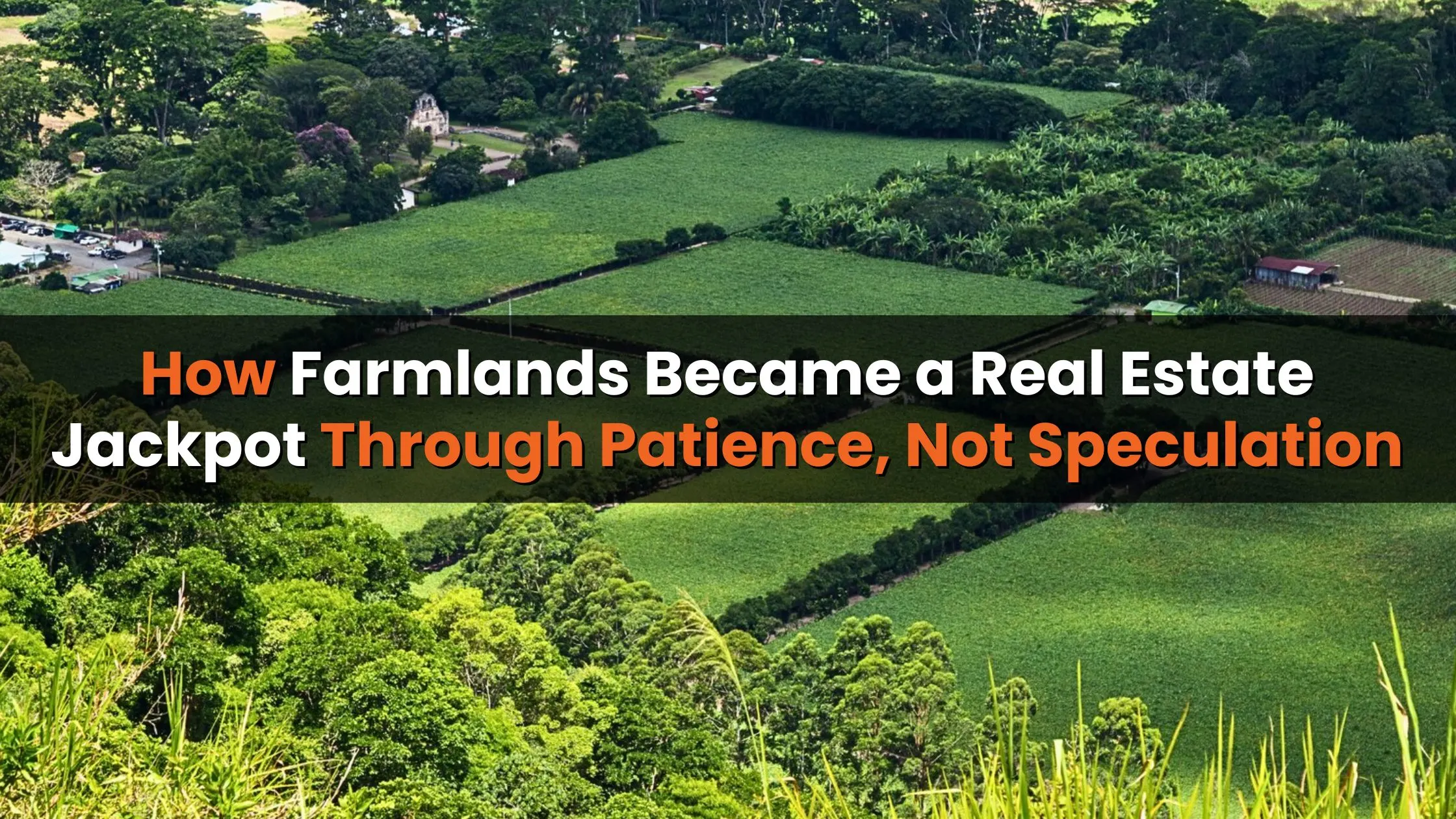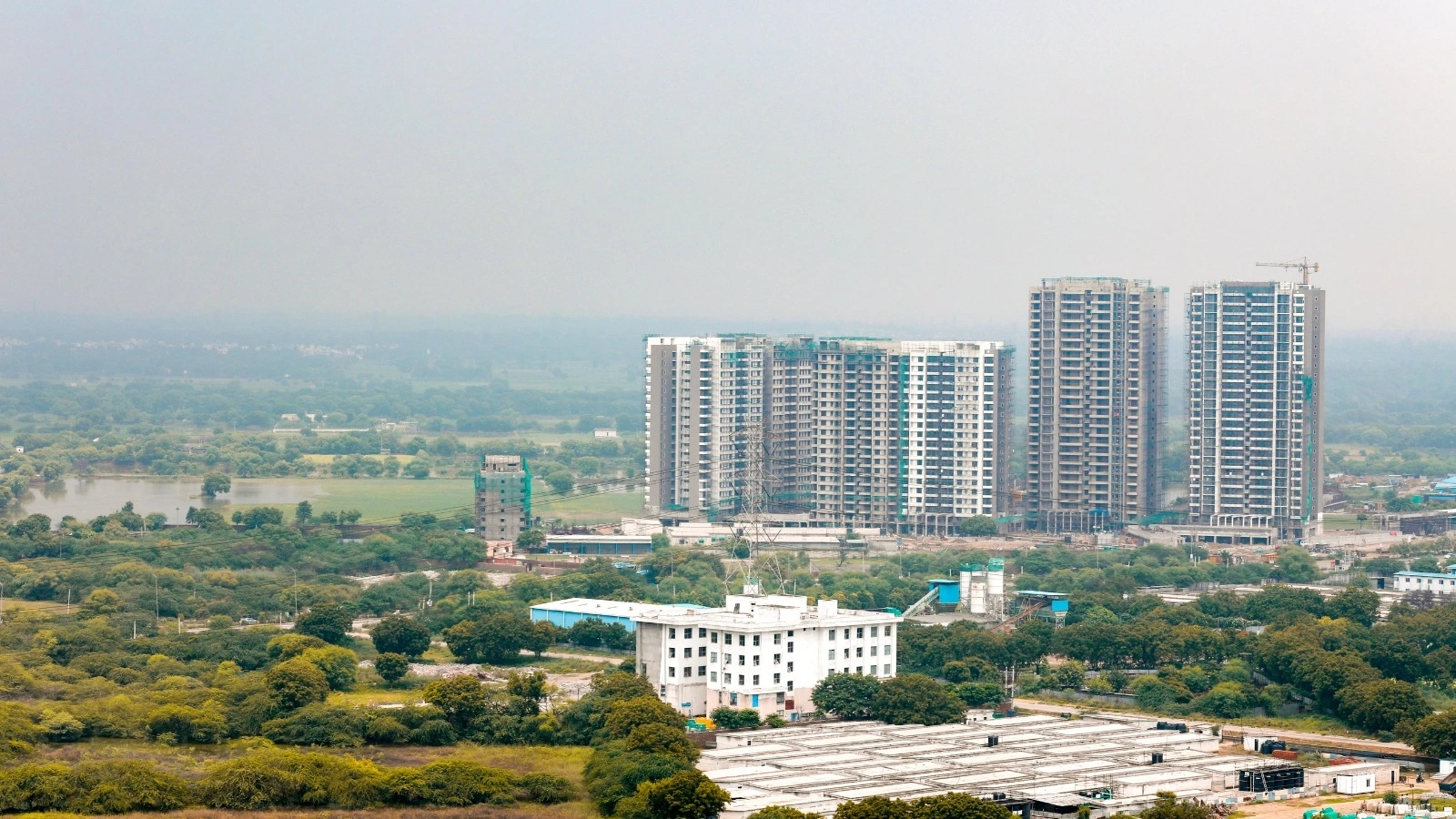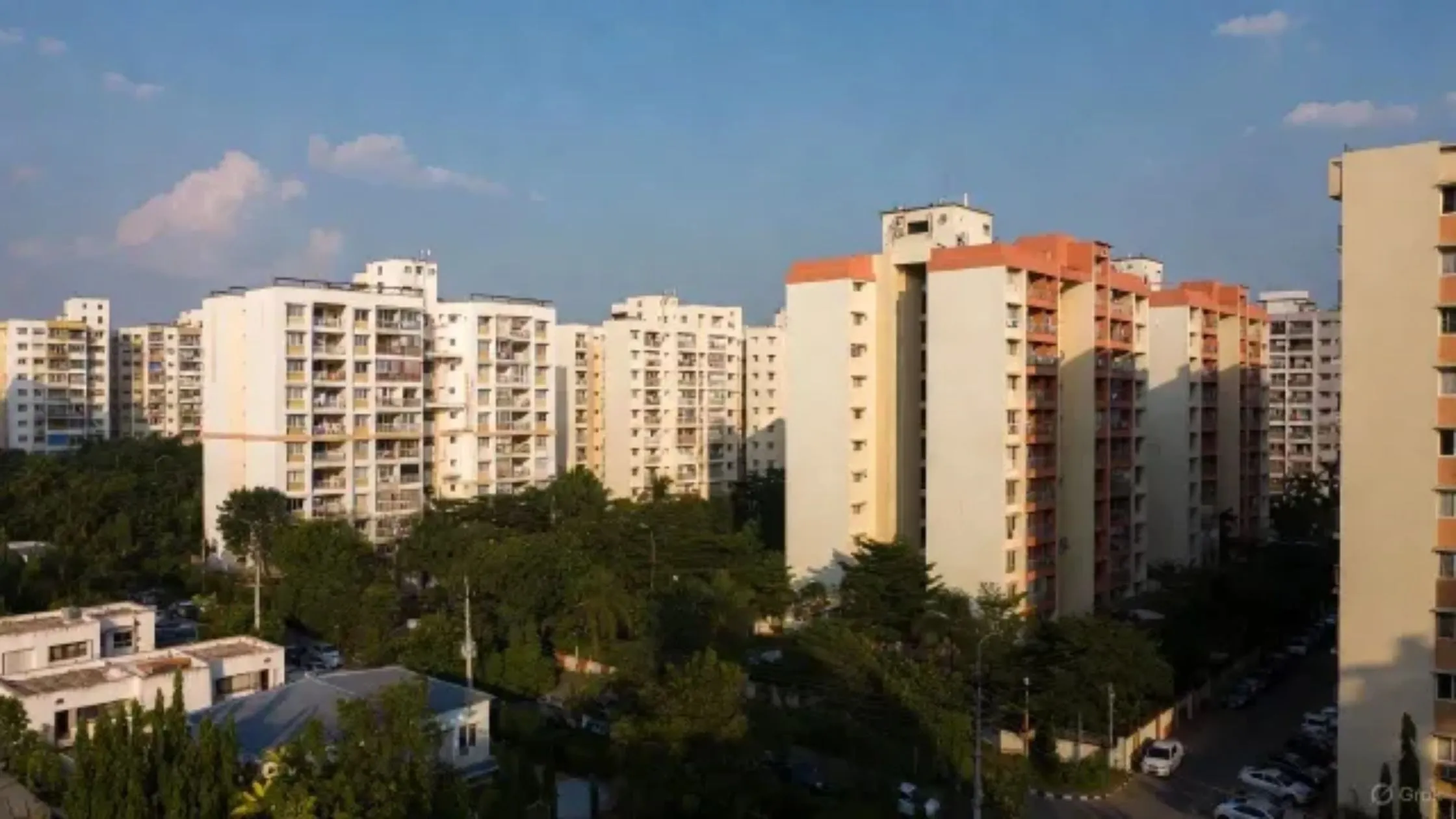Table of Content
- The Noida Story: From a Modest Bet to Crorepati Returns
- Hisar and Jaipur: The Regional Ripple Effect
- Patience Over Speculation: The Hidden Economics of Land Wealth
- Infrastructure: The Catalyst Behind Every Windfall
- Expert Insights: Why Plotted Developments Continue to Outperform
- The Investor’s Playbook: Lessons from the Past
- Beyond the Numbers: The Emotional Dividend of Land Ownership
- Conclusion
Two decades ago, when most middle-class families in Delhi-NCR were busy buying small apartments or investing in gold, a few quietly bought farmland on the outskirts. What seemed like an unconventional decision back then would, over the next twenty years, turn into a fortune. Without trading, speculation, or fancy financial instruments, just patience and timing, these families discovered that farmlands turned into a real estate jackpot.
From Noida’s dusty villages to the expanding fringes of Hisar and Jaipur, the story repeats itself: those who held on to their land long enough saw unimaginable appreciation as cities grew outward.
The Noida Story: From a Modest Bet to Crorepati Returns
In the early 2000s, one family in Noida invested ₹6 lakh to buy about three bighas of farmland. It was not a strategic move just a safe, tangible asset they could pass down. Years later, when the Noida Authority acquired their land for development, they received ₹23 lakh in compensation nearly four times their investment. A few years later, the compensation was revised upward, adding another ₹15 lakh.
Most families would have stopped there. But instead of spending it, they reinvested buying a plot in Greater Noida West and another piece of farmland near the upcoming Jewar Airport. Today, those assets are valued at over ₹5 crore combined.
That story captures the essence of how farmlands turned into a real estate jackpot not through quick trades or speculation, but by letting development, infrastructure, and time do their work.
Also Read: DINKs vs DIWKs: Strategic Home Buying Tips for Financially Savvy Couples
Hisar and Jaipur: The Regional Ripple Effect
The Noida example isn’t unique. Across Haryana and Rajasthan, countless families saw similar stories unfold. In Hisar, one Redditor shared that his parents purchased a house plot for ₹10–11 lakh around the year 2000. Today, its market value touches ₹17–18 crore. Even farmland in nearby villages, once considered unproductive, now commands prices between ₹15–20 crore per acre.
In Jaipur, too, property values have soared, though the journey wasn’t always smooth. One family owned two plots a small one in a prime residential colony that developers found too small, and a larger one near a commercial zone that continues to attract offers. While both appreciated in value, only one turned liquid due to its commercial potential.
The trend is clear: as highways, industrial corridors, and smart city projects expanded, farmlands turned into a real estate jackpot across India’s emerging growth corridors.
Patience Over Speculation: The Hidden Economics of Land Wealth
Older generations had a different investment philosophy. They weren’t traders — they were holders. They understood that real estate, especially land, rewards time. A few decades of patient holding often did what no stock market bet could achieve.
In contrast, today’s investors often seek instant returns — buying under-construction flats to flip or chasing hype around the “next big location.” But land wealth rarely follows that timeline. It compounds quietly as infrastructure and population growth reshape the landscape.
For earlier generations, farmlands turned into a real estate jackpot precisely because they stayed invested through multiple development cycles allowing the surrounding economy to catch up.
Infrastructure: The Catalyst Behind Every Windfall
If patience was the mindset, infrastructure was the multiplier.
Every expressway, metro line, and airport project has left behind a trail of real estate appreciation.
The Yamuna Expressway, Delhi-Mumbai Expressway, and upcoming industrial corridors across north and western India have transformed nearby farmland values. Jewar Airport alone has already redefined land prices across parts of Greater Noida and Aligarh district. Similar transformations are underway near Navi Mumbai Airport, Bengaluru’s outskirts, and even smaller cities like Indore and Surat.
Simply put, infrastructure-led growth has been the single biggest reason why farmlands turned into a real estate jackpot across India’s expanding urban belt. The formula is consistent: connectivity attracts commerce, commerce drives housing, and housing pushes up land demand.
Expert Insights: Why Plotted Developments Continue to Outperform
Real estate experts continue to see plotted development as one of the most resilient and high-performing asset classes. According to Manjesh S Rao, Chief Real Estate Officer at BrokerInBlue, “Appreciation largely depends on where the plot is located and who is developing it. Gated layouts with strong connectivity and planned amenities tend to outperform standalone parcels.”
He points out that plotted developments in cities like Bengaluru and Hyderabad are recording annual growth of 15–20%. However, he cautions investors to research legal clearances, access roads, and infrastructure plans before buying.
Experts agree that farmlands turned into a real estate jackpot only when backed by solid fundamentals clear title, accessibility, and long-term development potential.
The Investor’s Playbook: Lessons from the Past
Today’s investors can learn much from the quiet discipline of earlier generations. Here are some timeless lessons:
- Focus on location, not hype:
Study master plans and upcoming government projects. Areas with future connectivity almost always deliver strong appreciation. - Think long-term:
Real wealth in land unfolds over 15–20 years, not 2–3. The goal is sustained value creation, not quick exit profits. - Reinvest strategically:
When profits arrive, channel them into emerging corridors much like families who rolled their Noida compensation into Greater Noida and Jewar plots. - Diversify within real estate:
Consider both agricultural and plotted lands for balance between liquidity and appreciation.
Learning from how farmlands turned into a real estate jackpot can guide today’s investors to build sustainable wealth through foresight, patience, and careful reinvestment.
Also Read: Section 54F of the Income Tax Act: Tax Exemption on Long-Term Capital Gains (LTCG)
Beyond the Numbers: The Emotional Dividend of Land Ownership
For many Indian families, land is not just an investment; their identity, security, and legacy. The older generation’s decision to hold on to their farmland wasn’t driven by market strategy but by a belief that land never loses value.
And they were right. As urban India expanded, those quiet holdings became their greatest financial safety net, helping them fund children’s education, marriages, and new homes. This emotional dividend, the comfort of owning something tangible and enduring, is often overlooked when comparing land to other asset classes.
Conclusion
If there’s one takeaway from these stories, it’s that wealth creation in real estate isn’t about being lucky it’s about being patient. The families who saw farmlands turned into a real estate jackpot weren’t expert investors; they were steady believers in the value of holding land through time and transformation.
As India continues to urbanize, new growth corridors are forming around airports, expressways, and industrial clusters. For today’s generation, the opportunity is still there, only further out from city centers.
The formula remains the same: buy land with clear title, understand the development timeline, and hold it long enough. Because in Indian real estate, the quietest investments often tell the loudest success stories.








Ans 1. Farmlands appreciated significantly over 15–20 years due to urban expansion, infrastructure development, and strategic location selection. Families who held land patiently saw its value multiply as cities spread outward.
Ans 2. Key regions include Noida, Greater Noida, Jewar, Hisar, Jaipur, Bengaluru outskirts, and Navi Mumbai, especially near expressways, airports, and industrial corridors.
Ans 3. Infrastructure projects like expressways, metro lines, airports, and industrial corridors acted as catalysts, improving connectivity and attracting commerce, which in turn drove residential and commercial demand.
Ans 4. Unlike short-term flips or under-construction property speculation, land wealth compounds over decades. Investors who held property through multiple development cycles reaped higher rewards without taking high risks.
Ans 5. Plotted developments, especially gated layouts with good connectivity and planned amenities, tend to outperform standalone plots. They offer higher liquidity and better long-term appreciation while mitigating some risks associated with raw farmland.
Ans 6. Yes, opportunities remain in emerging growth corridors farther from city centers, especially near upcoming airports, expressways, and industrial hubs. The principle remains the same: clear title, strategic location, and patience.
Ans 7. Beyond financial gains, farmland provides security, legacy, and peace of mind. It has historically funded education, family milestones, and future real estate investments for Indian families.
Ans 8. Yes, even modest plots in strategically located areas can appreciate substantially over time. Careful research, due diligence, and long-term holding are key.
Ans 9. Wealth in Indian real estate often comes from patience and foresight, not speculation. Families that held land through urbanization cycles experienced significant financial and emotional rewards, turning farmland into a real estate jackpot.